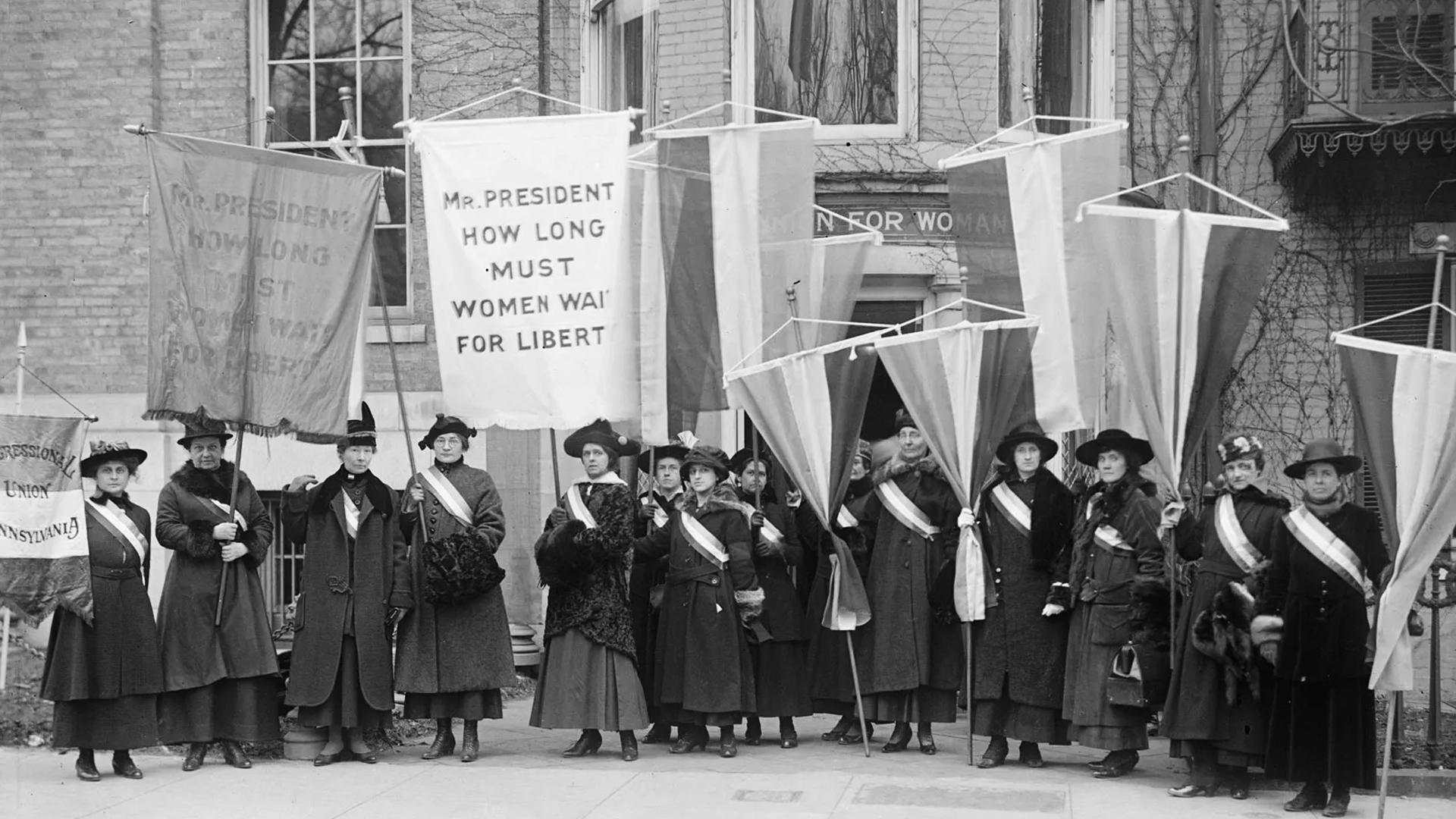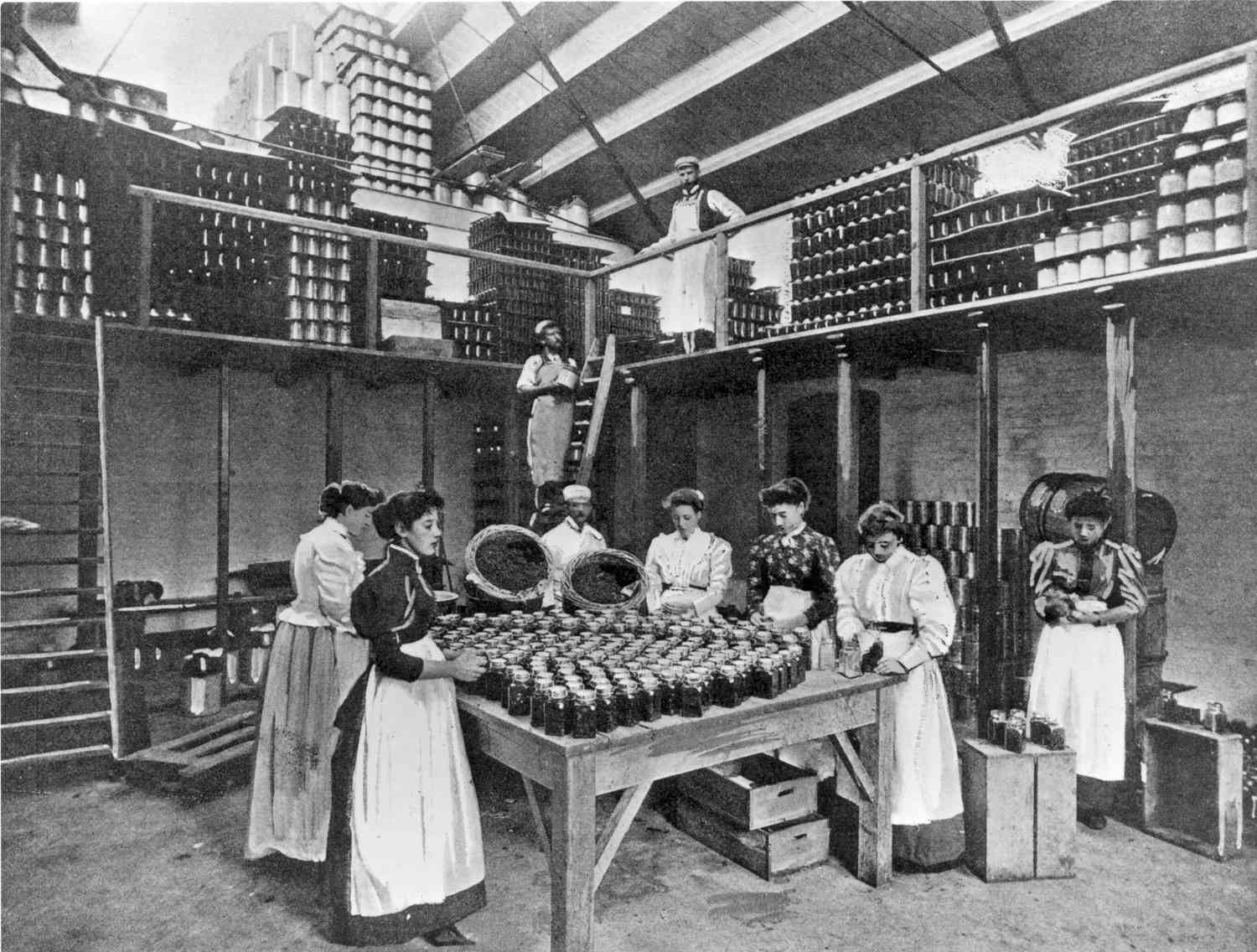The Progressive Era: Reform, Regulation, and the Limits of Change

Between 1900 and the 1920s, the United States experienced a wave of reform efforts aimed at curbing corporate power, improving working and living conditions, and expanding political rights.
The Dive
The Progressive Era grew out of the rapid industrialization and urbanization that transformed America in the late 19th century. Reformers believed that government had a responsibility to regulate big business, improve public health, and expand democratic participation — but their vision of 'progress' often reflected the priorities of white, middle-class America rather than all citizens.
One of the movement’s most urgent goals was to address unsafe working conditions. The 1911 Triangle Shirtwaist Factory fire, which killed 146 mostly immigrant women and girls, revealed the deadly consequences of locked exits and overcrowded spaces. Public outrage spurred the creation of the Factory Investigating Commission, leading to over 30 new health and safety laws.
Journalists known as 'muckrakers' played a crucial role in fueling reform. Upton Sinclair’s The Jungle exposed both the appalling conditions of meatpacking workers and the unsanitary processes that put unsafe food on Americans’ tables. His work prompted the Meat Inspection Act and Pure Food and Drug Act of 1906, setting a precedent for federal consumer protection.
Progressives also targeted child labor, which kept millions of young people out of school and subjected them to exhausting, dangerous jobs. Photographs by Lewis Hine documented children as young as eight operating heavy machinery or working in textile mills, building public pressure for child labor laws and compulsory education.
Women’s suffrage emerged as one of the most visible battles of the era. While North Carolina refused to ratify the 19th Amendment until 1971, many NC women actively organized, protested, and lobbied for the vote. Nationally, decades of activism by figures like Susan B. Anthony, Elizabeth Cady Stanton, and Carrie Chapman Catt culminated in women’s right to vote in 1920.
Urban reformers like Jane Addams sought to address poverty through settlement houses such as Hull House in Chicago, which provided services, education, and community support for immigrants and the working poor. These initiatives highlighted the Progressive belief in hands-on social work and civic engagement.
Progressives succeeded in passing laws to regulate monopolies, improve sanitation, and expand political participation through reforms like the direct election of Senators (17th Amendment). Yet the movement often failed to challenge racial segregation, leaving African Americans subject to Jim Crow laws and widespread disenfranchisement.
By the 1920s, U.S. entry into World War I and internal divisions over priorities splintered the movement. Still, many Progressive reforms — from workplace safety standards to food inspection — have had lasting impacts, showing how activism can reshape the nation while also revealing the importance of fighting for inclusion and equity in reform.
Why It Matters
The Progressive Era demonstrates that reform can be both transformative and incomplete. While it brought major improvements to public health, workplace safety, and political participation, it also reflected the biases and blind spots of its leaders. Understanding this era challenges us to think critically about whose voices are included in calls for change and reminds us that progress is most meaningful when it is shared equitably.
?
How did muckrakers influence both public opinion and government policy during the Progressive Era?
Why did some Progressive reforms benefit certain groups while excluding others?
What parallels can you draw between Progressive Era reforms and modern reform movements?
How did tragedies like the Triangle Shirtwaist Factory fire lead to legislative change?
What strategies did women’s suffrage activists use to gain the right to vote?
Dig Deeper
The Progressive Era in the United States — its reforms, achievements, and contradictions.
A look at how reformers targeted the exploitation of children in dangerous work environments.
Related

The Gilded Age, Industrialization, and the 'New South'
A glittering era of innovation and industry, the Gilded Age promised progress but delivered inequality. In the South, leaders dreamed of a 'New South,' yet industrialization offered opportunity for some while reinforcing systems of poverty and discrimination for others.

Votes for Women: The Fight for the 19th Amendment
It took more than 70 years of protests, petitions, and picket lines to win the right for women to vote in the United States. The 19th Amendment didn’t just expand democracy—it redefined it.

The Market Revolution: How Innovation Transformed America
In the early 1800s, America changed from a land of small farms to a booming nation of factories, railroads, and markets. The Market Revolution connected people, goods, and ideas—while also revealing deep inequalities in who benefited from progress.
Further Reading
Stay curious!
